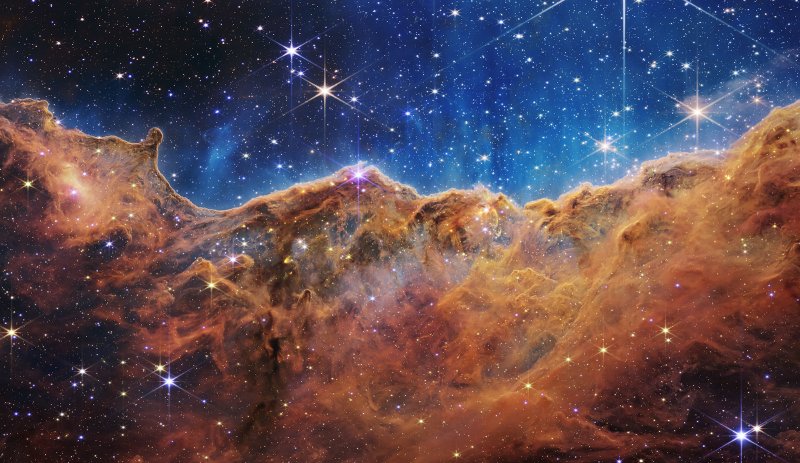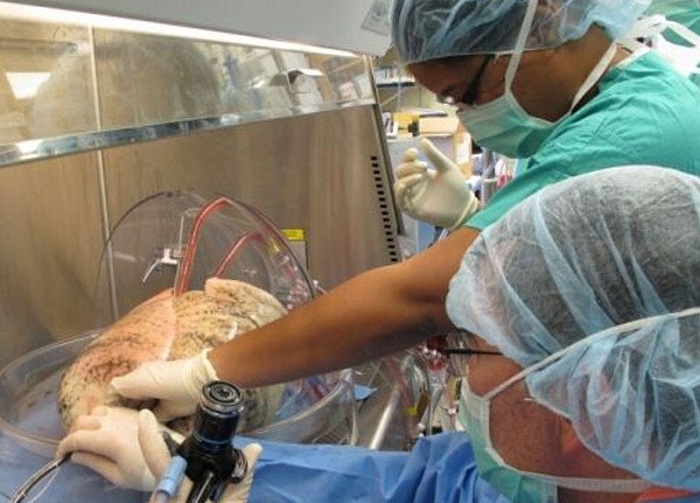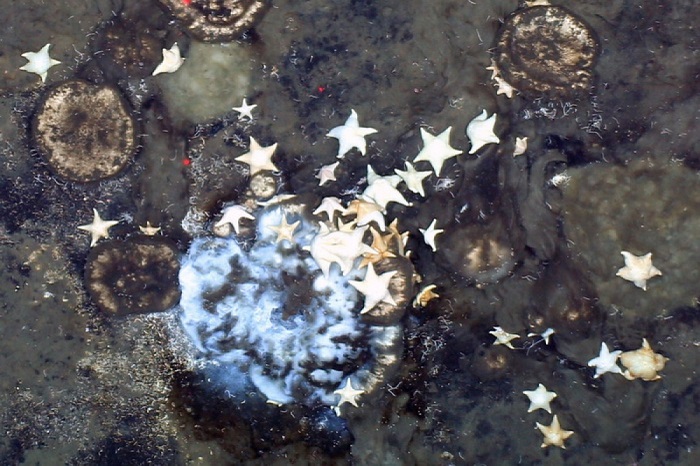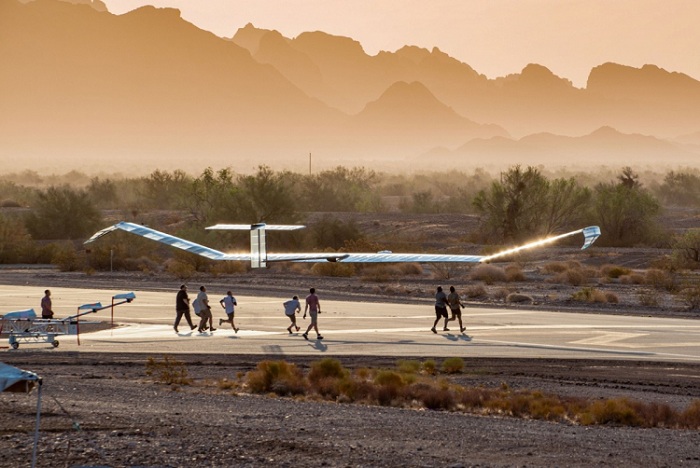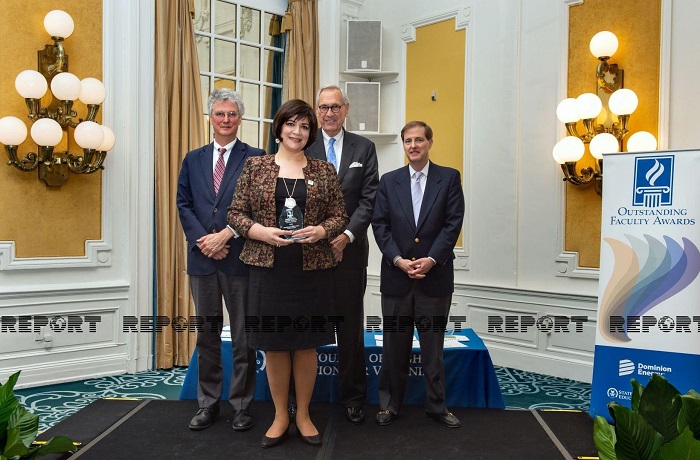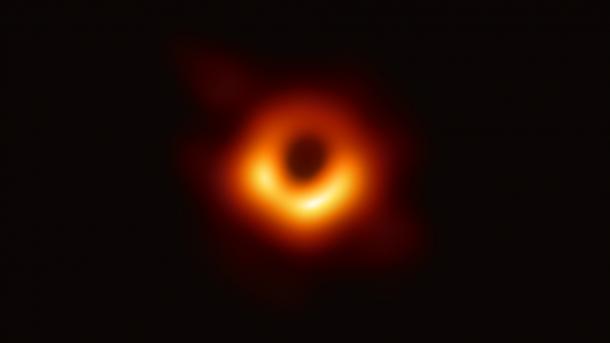
- A-
- A
- A+
Astronomers capture first-ever image of a supermassive black hole
For the first time ever, humanity can gaze at an actual photograph of a supermassive black hole. It’s an achievement that took supercomputers, eight telescopes stationed on five continents, hundreds of researchers, and vast amounts of data to accomplish. The results from this project, called the Event Horizon Telescope, were announced today at joint press conferences that were live-streamed around the world. In addition to providing a picture that will quickly be incorporated into teaching materials, the results helped to confirm (again) Einstein’s theory of general relativity, and it gave astrophysicists an unprecedented close-up of these enigmatic, dense celestial phenomena.
“Black holes are the most mysterious objects in the Universe,” Sheperd Doeleman, the project director of the Event Horizon Telescope, said at a press conference today before unveiling the image. “We’ve been at this for so long,” Doeleman said. “When you work at this field for a long time, you get a lot of intermediate results. We could have seen a blob — and we have seen blobs. We could have seen something that was unexpected. But we didn’t see something that was unexpected. We saw something so true. We saw something that really had a ring to it.”
The picture, a circular black shadow encircled by a bright orange ring, shows the black hole at the center of the huge galaxy Messier 87 (M87), which is located about 55 million light-years from Earth.
The black hole in this galaxy has a mass that the Event Horizon Telescope researchers estimate to be 6.5 billion times more massive than our Sun. “M87’s huge black hole mass makes it really a monster, even by supermassive black hole standards,” Sera Markoff, an astrophysicist at the University of Amsterdam, said at a press conference today. “You’re basically looking at a supermassive black hole that’s almost the size of our entire Solar System.”
In addition to being gargantuan, M87’s black hole was intriguing to researchers because of some other unique features. In some earlier pictures of the galaxy, they noticed a massive jet of plasma streaming out from its center. Scientists think that the jet is made of material that never quite made it into the event horizon of the black hole. Instead, their observations suggest that the movement of M87’s black hole (which researchers believe is spinning rapidly) accelerates nearby subatomic particles and sends them shooting out into the universe, a beacon to distant astronomers.
While the observations took just one week in April 2017 to gather, actually sorting through the vast amounts of data took months. Just getting it all into one place was a huge challenge. Writing in Nature News in 2017, Davide Castelvecchi noted that a “typical night will yield about as much data as a year’s worth of experiments at the Large Hadron Collider outside Geneva, Switzerland.”
In the end, that data was the “equivalent to 5000 years of mp3 files” according to Dan Marrone, an astronomer and co-investigator of Event Horizon Telescope. It was recorded onto half a ton of hard drives and then physically sent to centralized locations where it was analyzed by supercomputers for months in order to get the image we see today.
Before this picture was released to the public, the image — and the data used to create it — went through one more step: a rigorous peer-review process, vetted by researchers in the field who were not part of the project. The project published in six papers today in The Astrophysical Journal Letters. It’s a first salvo in what will likely be many more articles and analyses to come.
Researchers with the Event Horizon Telescope project had four main scientific goals when they started this project. The first was simple: take a picture of a black hole.
Similar News
Links



 Elm TV
Elm TV
 Photo
Photo
 Video
Video
